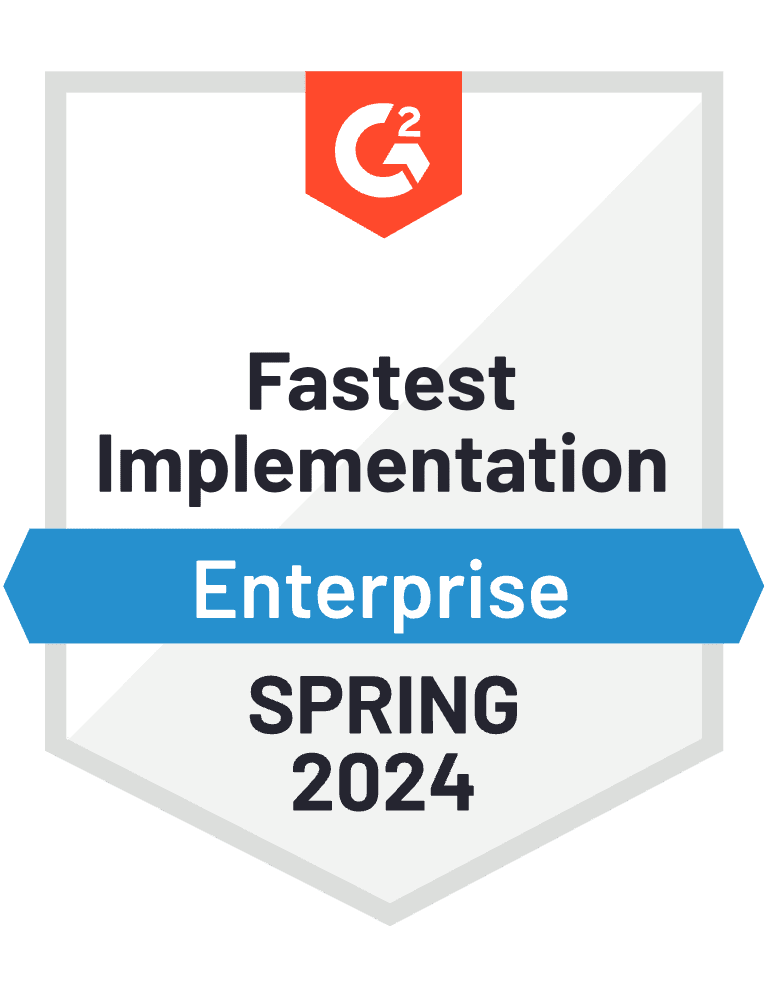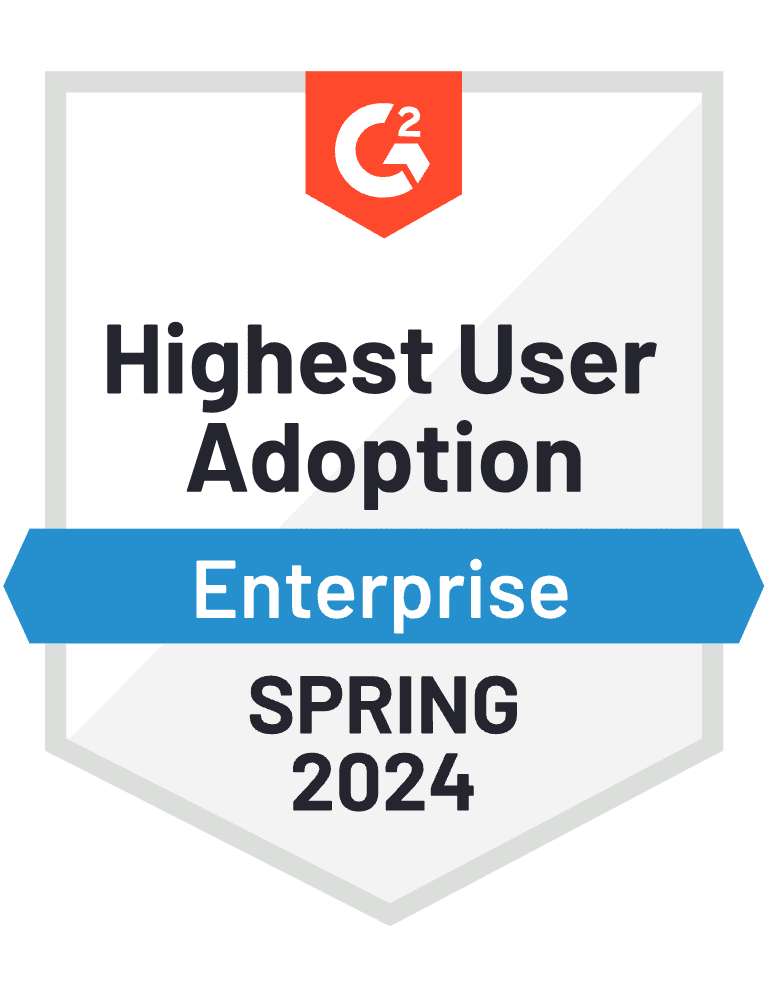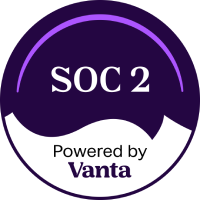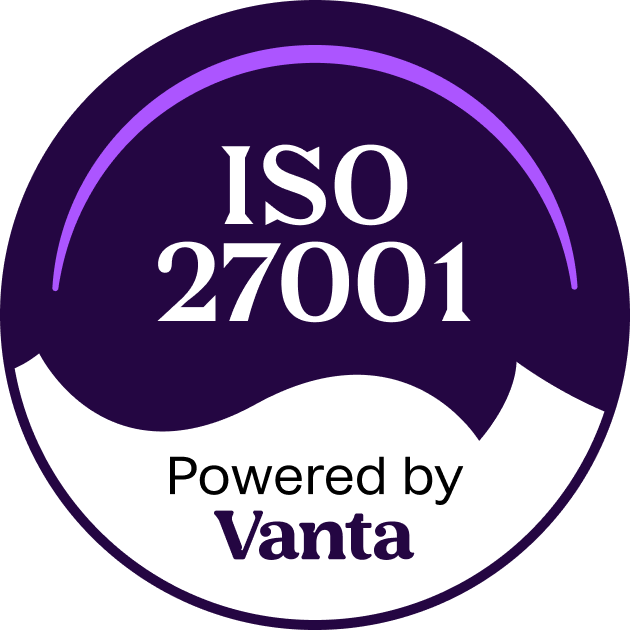The Request for Proposal (RFP) process is a critical bridge between firms and their potential clients. It’s not just a formality but a strategic document that can make or break business opportunities. Writing an effective RFP is an art that requires clarity, precision, and a deep understanding of the client’s needs.
If you’re an asset manager looking for some key strategies to craft RFPs that stand out and win business, you’re in the right place.
Understanding the Client’s Perspective
The bedrock of a successful RFP lies in understanding the client’s needs. Asset managers should always start by putting themselves in the client’s shoes. What are their primary concerns? What outcomes are they hoping to achieve? By addressing these questions, asset managers can tailor their proposals to directly align with the client’s objectives.
One effective approach is to set up a preliminary meeting or call to gather detailed insights into the client’s requirements. This conversation can reveal specific pain points and desired solutions, which can be addressed directly in the RFP. Remember, the goal is to demonstrate that you understand their challenges and have the expertise to solve them.
Crafting a Clear and Concise Executive Summary
If there’s one chance you have to catch a client’s attention, it’s the executive summary. It’s the first section a client will read, and it should encapsulate the essence of the entire proposal. It needs to be compelling, concise, and clearly outline the value proposition. Highlight the unique strengths of your firm and how they align with the client’s needs. Avoid excessive industry jargon and keep the language straightforward.
Think of the executive summary as your elevator pitch. It should grab the client’s attention and make them eager to read the rest of the proposal. Focus on the benefits they will gain from choosing your firm, and support these claims with concrete examples and data.
“Detailed, Yet Accessible”
While the executive summary sets the stage, the technical sections of the RFP should provide detailed information about your approach, methodologies, and expertise. However, detail should not come at the expense of accessibility and readability. Avoid overwhelming the reader with technical jargon or overly complex explanations.
Instead, structure these sections logically, using clear headings and subheadings. Break down complex concepts into manageable parts and use visuals, such as charts and graphs, to illustrate key points. The goal is to make it easy for the client to understand your proposal and see the value in your approach.
Tailoring Content to the Client’s Specific Needs
One of the most common mistakes asset managers make in RFPs is using generic content. Clients can easily spot boilerplate language, and it signals a lack of effort and attention to their unique needs. Instead, customize your proposal for each client.
For example, if a client is particularly concerned about risk management, dedicate a section of your RFP to detailing your firm’s risk management strategies and successes. Use case studies and examples relevant to their industry or specific challenges you’ve handled. This level of customization shows that you have invested time in understanding their needs and are committed to providing a tailored solution.
Demonstrating Credibility and Expertise
Clients need to trust that you have the expertise to manage their assets effectively. Use the RFP as an opportunity to demonstrate your firm’s credibility. Include case studies, testimonials, and references from previous clients. Highlight your firm’s track record of success and any relevant certifications or awards.
Additionally, ensure that the team members proposed for the project are experienced and qualified. Include brief bios that highlight their expertise and previous successes, especially if you have a team member that has worked with a similar type of customer as the one you are sending the RFP to. This not only builds trust but also gives the client confidence that they will be working with a skilled and knowledgeable team.
Clarity in Financial Proposals
The financial section of the RFP can often be the most scrutinized. It’s essential to present your pricing structure clearly and transparently. Avoid hidden fees or ambiguous terms that can create confusion or mistrust. Instead, provide a detailed breakdown of costs and explain the value each component brings to the client.
If possible, offer different pricing options or packages that provide flexibility. This can make your proposal more attractive by accommodating the client’s budget and specific needs.
Emphasizing the Benefits of Your Approach
Throughout the RFP, emphasize the benefits of your proposed approach. Clients are not just looking for a list of services; they want to know how those services will positively impact their business. Highlight the outcomes and advantages they can expect by choosing your firm.
Use quantitative data to support your claims. For instance, if your investment strategies have consistently outperformed benchmarks, provide those statistics. If your risk management approach has minimized losses in volatile markets, include relevant data. Concrete evidence of your firm’s effectiveness can significantly enhance the persuasiveness of your proposal.
Ensuring Consistency and Professionalism
Finally, the overall presentation of your RFP matters. Ensure that the document is professionally formatted and free of errors. Consistency in fonts, headings, and spacing can make the document easier to read and more visually appealing. Additionally, a well-organized RFP reflects positively on your firm’s attention to detail and professionalism.
Be sure your responses are up-to-date, compliant, and accurate. Use SMEs on your team to get responses as needed. Consider having a colleague review the RFP before submission to catch any errors or areas of improvement. A fresh set of eyes can provide valuable feedback and ensure that the final document is polished and professional.
Closing with a Strong Call to Action
End your RFP with a strong call to action. Clearly outline the next steps and encourage the client to reach out with any questions or to schedule a follow-up meeting. Provide contact information and express your eagerness to discuss the proposal further.
A well-crafted call to action can leave a positive final impression and encourage the client to take the next step in the decision-making process.
Utilizing an Automation Tool
Offering a range of features tailored specifically to the asset management industry, RocketDocs streamlines the RFP creation and management process through a centralized content repository, automated updates, collaboration tools, and customizable templates. It also provides robust version control, compliance checks, and analytics capabilities, ensuring that asset managers can produce high-quality, compliant RFPs efficiently.
By implementing RocketDocs, asset managers can not only improve the quality of their RFPs but also significantly reduce the time and resources required for the process. This allows firms to respond to more opportunities and focus on what truly matters – crafting compelling investment strategies and delivering value to clients. In an industry where efficiency and accuracy are paramount, RocketDocs provides asset managers with a competitive edge in the RFP process, ultimately contributing to improved win rates and business growth.







